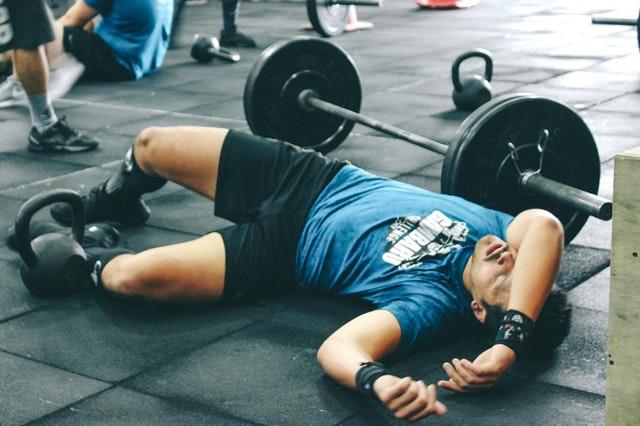Our culture is obsessed with the aesthetic results of fitness, but the real wealth of a regular workout is found in the practical benefits: a stronger, better-functioning body and a clearer mind. Science has shown that physical exercise can extend our lives, lift our spirits, and prevent cognitive decline more reliably than anything else we can do.
Despite recent discoveries of how critical exercise is to our well-being, most of us are moving less than ever. Only 20 percent of Americans get the 150 minutes of strength training and cardiovascular activity per week recommended for optimal health, according the Centers for Disease Control and Prevention.






